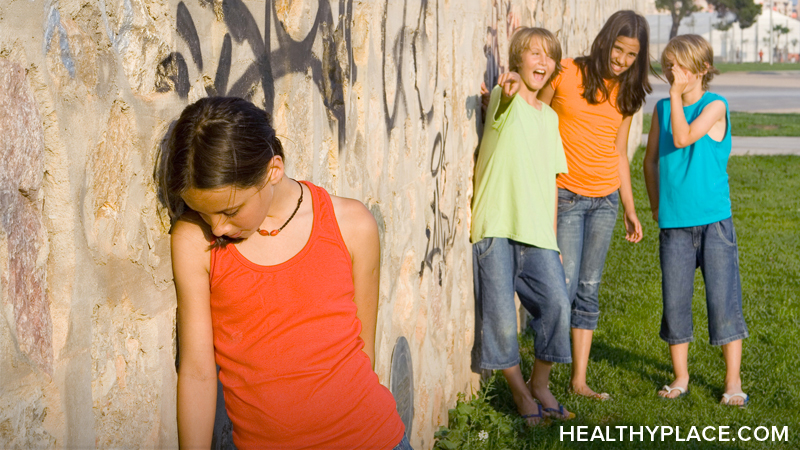Types of Bullies

There are different types of bullies: the sadistic, narcissistic bully, the imitative bully, the impulsive bully, and the accidental bully. Each type of bully has a similar impact on its victim.
Overview of Bullying
What is a bully? It is someone who takes advantage of another individual that he or she perceives as more vulnerable. The goal is to gain control over the victim or to gain control over a social group (See Why Children Get Bullied and Rejected). This type of behavior occurs in all ages, sexes and social groups. Most adults, if they think about it, have experienced bullying too. Bullying usually involves deliberate hostility or aggression toward the victim. The interaction is painful and humiliating and distressing to the victim. Note the word deliberate.
Prevalence of Bullying
Bullying has existed as long as there has been human civilization. However, recently our society has become more aware of bullying and its harmful consequences. In June 2002, the House of Delegates of the American Medical Association adopted a report by the AMA's Council on Scientific Affairs that reviewed bullying among U.S. children and adolescents. It found that 7 to 15 percent of sampled school-age children were bullies, about 10 percent of the same group were victims. Between 2 and 10 percent of students are both bullies and victims. In elementary schools, more boys than girls are involved in bullying; however, the gender difference decreases in junior high and high school, and social bullying among girls - manipulation done to harm acceptance into a group - becomes harder to detect.
Types of Bullies:
Sadistic, narcissistic bully
Lacks empathy for others. Has a low degree of anxiety about consequences. Narcissistic need to feel omnipotent. May appear to have high self-esteem but it is actually a brittle narcissism.
Imitative bully
May have low self-esteem or be depressed. Influenced by the surrounding social climate. May use whining or tattling or be manipulative. Often responds well to a change in the culture of the classroom or social setting. If depressed may need other intervention.
Impulsive bully
He is less likely to be part of a gang. His bullying is more spontaneous and may appear more random. He has difficulty restraining himself from the behavior even when authorities are likely to impose consequences. He may have ADHD. He may respond to medications and behavioral treatment and social skills training. He is also likely to be bullied.
Accidental Bully
If bullying is a deliberate act, this individual might not be included. The behavior may be offensive because the individual does not realize that his actions are upsetting the victim. If someone patiently and compassionately explains the situation, the individual will change the behavior. Sometimes social skills need to be taught. There is some overlap with the impulsive bully.
The Bystander:
- Identifies with the bully and may help. Enjoys bullying.
- Identifies with the victim and feels immobilized.
- Avoids the situation or tries to minimize it.
- Has mixed feelings and can see the problem but may fear to actively intervene. Often more mature than others.
(See: What If Your Child is a Bully?)
Victims of Bullying:
- Victims of bullying can be anyone. Sometimes it is an accident of time and place. Some people are more likely to become targets but this does not make it their fault.
- Someone who is different by virtue of physical or cultural characteristics.
- Someone who is envied by the bully for his talent
- Competing with a bully for dominance in the social group
- A depressed individual with low self-esteem.
- Rescuing or masochistic victim. Often an adolescent girl who feels that she must allow a sadistic boyfriend to humiliate her so that she can rescue him.
(See What Parents Need to Know About Bullying)
Situations That Facilitate Bullying
- Classroom, clubs and other places where children or teens congregate in groups. Mobile phones and the Internet are newer venues for bullying. Flaming, or anonymous threatening emails are examples of this.
- Some are of the opinion that mixed age class groupings result in more true leadership and less bullying.
- Abusive homes, acceptance of violence and humiliation as ways of getting things done
- Administrators who turn a blind eye to bullying in classes.
About the author: Dr. Watkins is Board Certified in Child, Adolescent & Adult Psychiatry and in private practice in Baltimore, MD.
APA Reference
Staff, H.
(2021, December 17). Types of Bullies, HealthyPlace. Retrieved
on 2025, December 2 from https://www.healthyplace.com/abuse/bullies/types-of-bullies-victims-of-bullying



